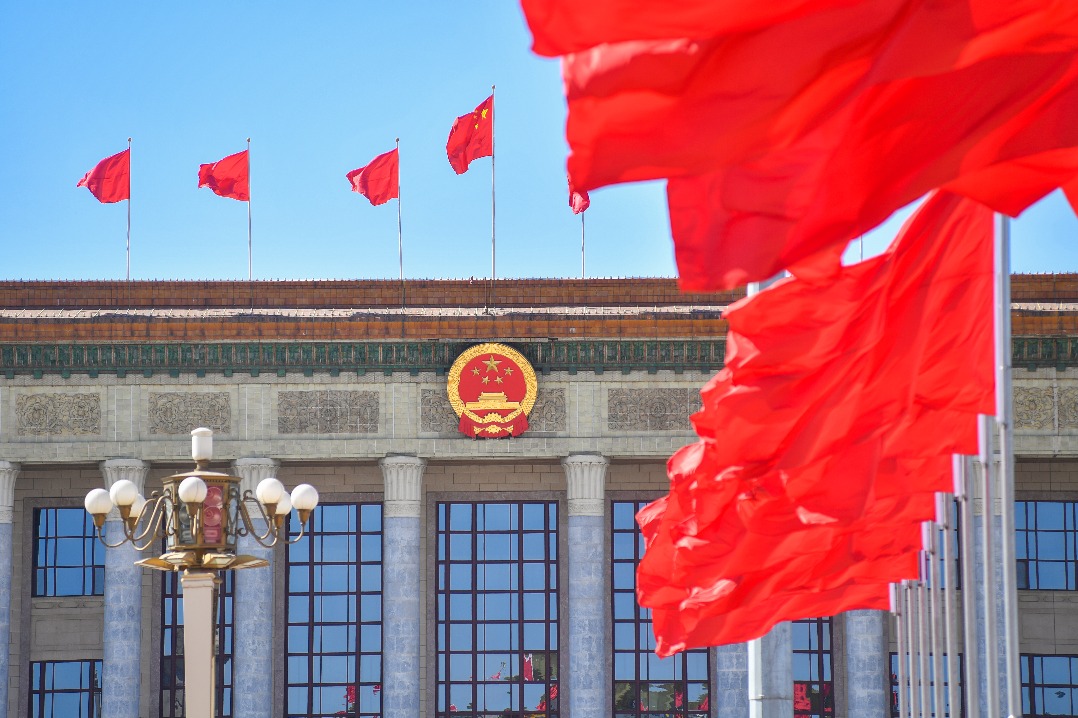Agricultural R&D key to food security


China's record grain output last year was the result of efforts on multiple fronts. Li Lei reports.
A string of extreme weather events last year worried many farmers.
A cold spell in spring that affected some wheat-growing provinces was followed by record-shattering heat waves and flooding that inundated large swaths of rice fields in Northeast China. Then, an earlier-than-usual cold wave swept across much of the country in November, prompting authorities to warn vegetable growers of possible damage.
Despite the woes, the National Bureau of Statistics announced recently that China's annual grain output reached a new high of 695.41 million metric tons last year — a year-on-year increase of about 1 percent.
It was the ninth year in a row that the grain harvest topped 650 million tons, the benchmark set by the central government to ensure national food security for roughly a fifth of the world's population.
The increase is a bright spot against the backdrop of a global rise in hunger.
On a visit to China in November, Bram Govaerts, director-general of the International Maize and Wheat Improvement Center, which is based in Mexico, described the state of global food security as scary and said the world's food supply system is fragile.
"One conflict can destabilize global wheat availability, and because of the conflict we had in one place, the world was suffering from increased wheat prices," he said, adding that countries need to revamp their food supply mix, produce more food locally and curb their reliance on imported grain — all things China has done in recent years.
Govaerts added that China's recent efforts to step up agricultural research funding were another reason the country was now more resilient when confronted with global food price increases and supply chain woes.
On multiple occasions, including before the harvest season in late October, senior Chinese agricultural officials said the greater use of high-yielding crop varieties — many also designed to thrive under extreme conditions — explained why the country's food output had remained satisfactory.
That cast a spotlight on the increasingly critical role technologies play in China's efforts to guarantee food supply as supplies of untapped arable land and other natural resources dwindle.
























